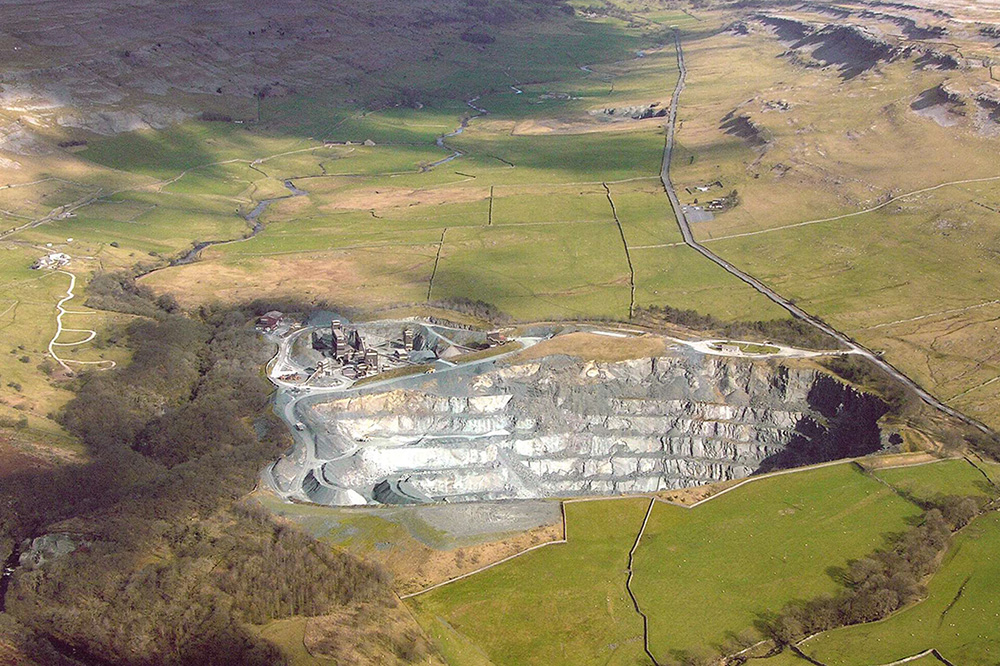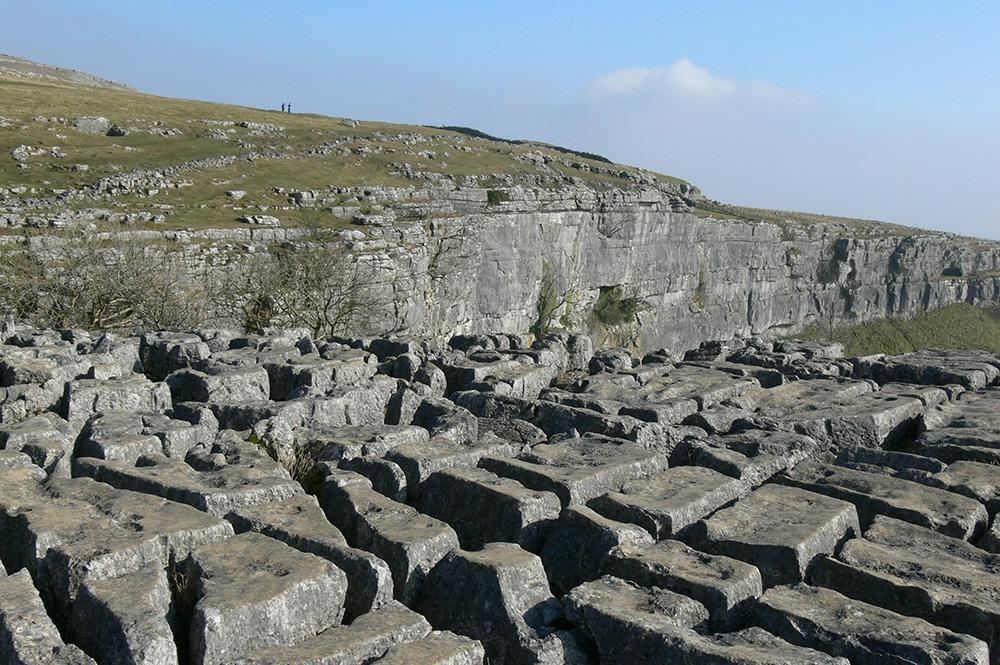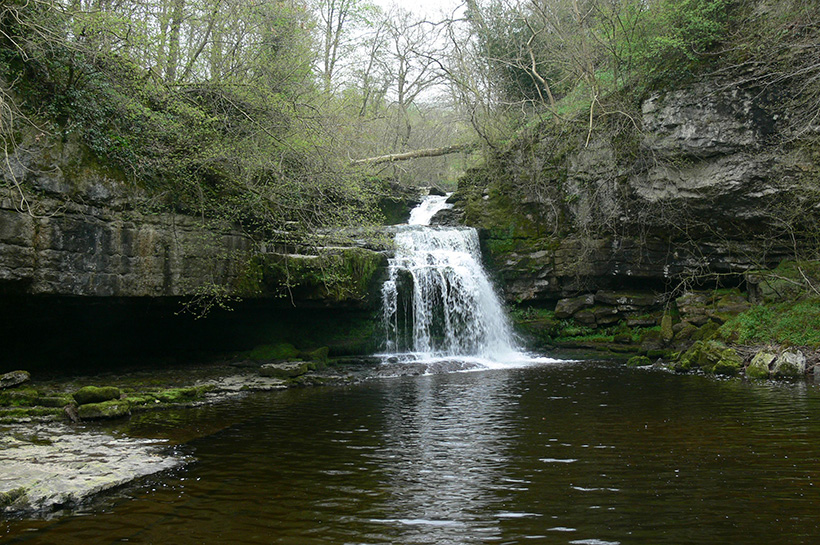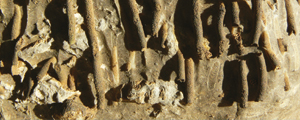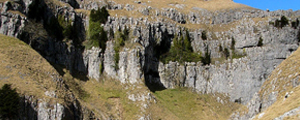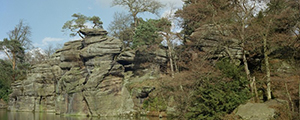Aggregates from crushed rock and sand and gravel are an essential resource for the construction industry. Throughout most of the twentieth century and at the start of the twenty-first century extraction rates rose to meet the demand for building and civil engineering construction materials but more recent economic conditions have seen a temporary reduction in the demand for the principal types of aggregate. In North Yorkshire production of crushed rock has fallen from 8.2 million tonnes in 2004 to 4.5 million tonnes in 2011, and for sand and gravel from 2.8 million tonnes to 1.7 million tonnes.
The Your Dales Rocks Project Area is the key area in North Yorkshire for the production of crushed rock aggregate. Currently, there are six active quarries in the Project Area (five located in the Yorkshire Dales National Park, and one in Nidderdale AONB). Their production in 2011 was approximately 4.0 million tonnes, 60 per cent of the 7.0 million tonnes of crushed rock aggregate quarried in the County. Hanson Heidelberg and Lafarge Tarmac operate the six quarries. The aggregate produced is mainly Carboniferous limestone from the Malham/Danny Bridge Limestone Formations, and greywacke sandstone from the Precambrian Ingleton Group and Ordovician and Silurian Windermere Supergroup. Providing newly exposed quarry faces, the active quarries within the Project Area are an important component of its geodiversity.
The Vale of York is also an important producer of crushed rock with its active quarries grouped in three main areas. In the north, quarries including Leyburn and Wensley, work the Carboniferous limestones with those in the centre, Gebdykes and Potgate, and south, Barnsdale Bar and Jackdaw Crag, the Permian magnesian limestones.
